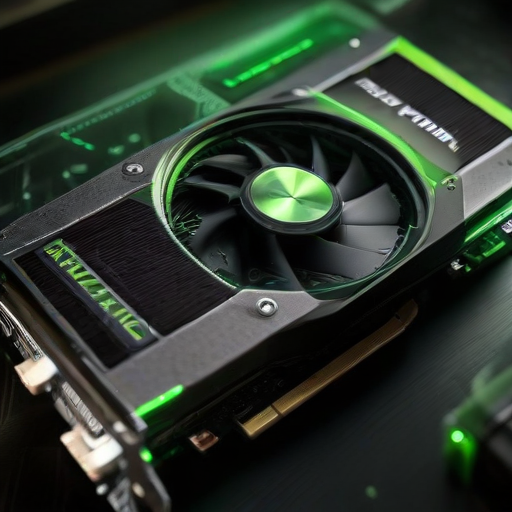NVIDIA Corporation (NVDA) has recently released its impressive earnings results for the third quarter, exceeding expectations significantly. The company reported a staggering revenue of $35 billion, reflecting a remarkable 94% increase year-over-year and a 17% jump compared to the previous quarter. This performance resulted in adjusted earnings per share (EPS) of $0.81, surpassing analysts’ predictions of $33.2 billion in revenue and an EPS of $0.74.
Analysts seemed caught off guard by NVIDIA’s continued upward trajectory. Looking back at the last quarter, NVDA shares were priced at $125 when the company announced revenue of $30 billion, a 122% increase compared to the same period last year. During that time, NVIDIA guided investors with expectations of around $32.5 billion in revenue for the current quarter. After the announcement, NVDA’s stock initially fell to as low as $101 but later bounced back above $145 by the close of trading. Over the last three months, the shares have gained approximately 16%, closely mirroring the 15% growth rate in quarterly revenue.
Remarkably, NVIDIA’s recent announcement revealed $35.1 billion in revenue, significantly higher than the earlier guidance. The company’s revenue growth rate accelerated to 17%, and it has forecasted $37.5 billion for the upcoming quarter. This trajectory suggests that NVIDIA could potentially surpass $40 billion in quarterly revenue shortly, and its stock price may rise another 16-17% over the next three months to around $170. Analysts have not indicated any slowdown in demand for NVIDIA’s chips, highlighting the strength of the company’s market position.
The co-founder and research director of Insider Monkey believes that NVDA is performing well and has recommended a long position in the stock since May 2023. While confident in short-term growth prospects, the director expresses caution regarding NVIDIA as a long-term investment, given the current market capitalization nearing $3.6 trillion, which may exceed $4 trillion soon if the upward trend continues. The challenge lies in achieving sustained profitability similar to that of established tech giants like Alphabet Inc. (GOOGL) with a forward price-to-earnings (P/E) ratio of 20.
Given NVIDIA’s potential in the AI sector, the director suggests that there are other AI stocks with promising long-term prospects, potentially offering higher returns. Investors looking for AI opportunities may also want to explore options trading at more attractive valuations.
In summary, NVIDIA’s recent performance underscores its strong market demand and significant growth potential, making it a focal point of attention for investors. Moving forward, while there may be short-term gains to capture, careful consideration is warranted when evaluating long-term investment strategies in the rapidly evolving tech landscape. The optimistic outlook for the company serves as a positive indication of its position within the robust AI market.
